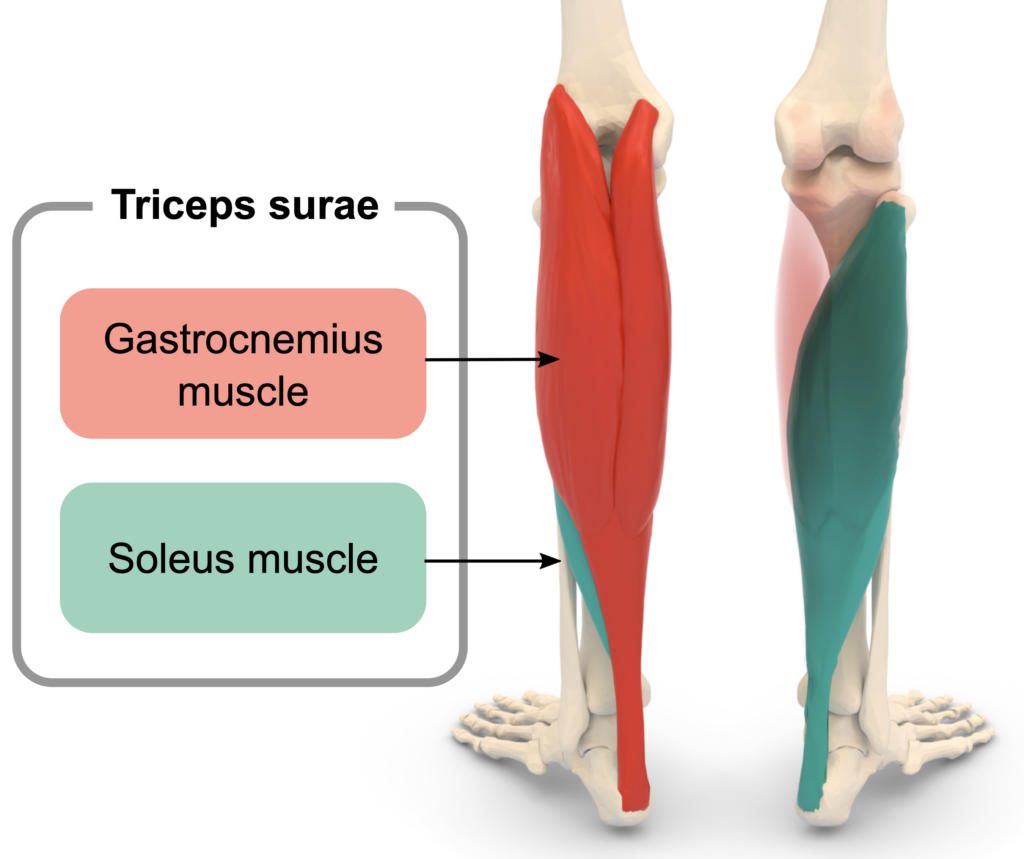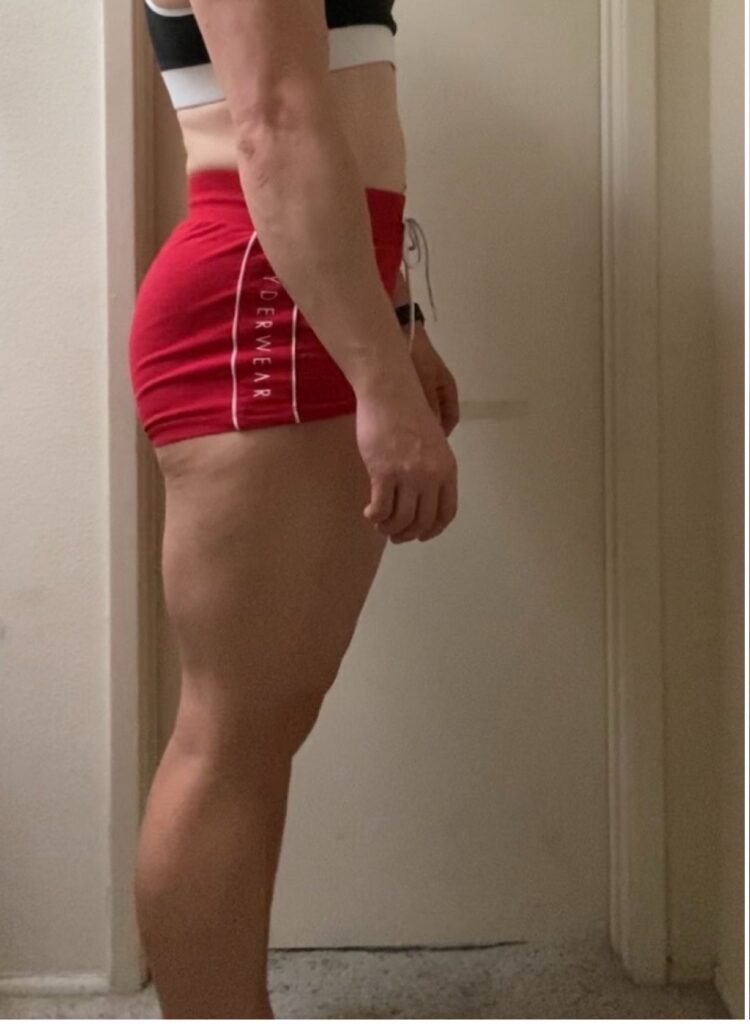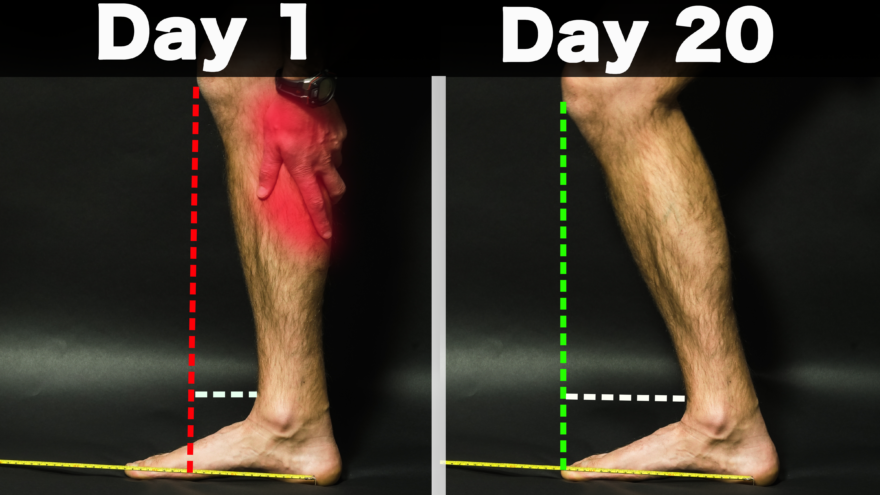Table of Contents
The real reason your calves are always tight
Are you tired of feeling like you’re walking around with bricks attached to your legs? Do your calves feel tight even when you’re just living life?
If so, you might have thought that stretching would be the solution, but think again.
There’s a different reason and a better solution that will take care of those tight calves for good!
Check out this blog post, video, and podcast to learn about it.
Why doesn’t stretching work…sort of
Most research shows that those 30-second calf stretches don’t improve muscle length. They may improve your tolerance to stretch, but is that really going to help your calves feel better? Probably not.
So, what’s the solution? Do you stretch the calves for an hour straight at 8/10 pain like this study suggests? It will lengthen the calves, but who’s got time for that?
We need a simpler way to reduce calf tension and enhance our motion.
But to find the fix, we need to know what the calves REALLY do.
The REAL function of the calves
The gastrocnemius and soleus are the two main muscles that make up our calves.

Each of these muscles contracts during a plantarflexion (i.e. a calf raise). The gastrocnemius also has a separate function – it flexes the knee.
When do we do these actions in our daily lives? Anytime we’re moving our bodies forward through space, which is pretty much all the time. Because of this, we have to contend with the forces that have us “fall” forward.
Backside musculature prevents us from falling forward. This includes the calves. If the demands of these tissues significantly increase, our center of mass shifts forward. The further forward we shift, the following happens:

- Knees lockout
- Weight shifts more toward the forefoot
This alters resting calf tension in the following manner:
- Proximal calf – eccentric
- Distal calf – concentric
What happens can’t alter muscle orientation in the opposing direction? Local circulation is affected, which may contribute to the perception of tightness.
So what’s the solution?
The TRUE fix for tight calves
Like Missy Elliott, we need to flip it and reverse it. We need to choose an exercise that involves:
- Knee flexion
- Ankle dorsiflexion
Doing so will restore full calf excursion.
The best exercise for that? The deep squat!
But there’s a problem.
Most people can’t get into that full position without the following issues:
- Lifting the heels
- Spinning the feet out
So we can’t start with a deep squat right away. We need an easier version.
The first place I start most is the walking wall squat. This exercise encourages knee bending with a slight amount of ankle dorsiflexion.
Here are the keys:
- Stand about two feet away from the wall with your hands on the wall
- Soften your knees.
- Silent nasal inhale
- Soft mouth exhale + hips back + chest down
- Make sure knees don’t straighten
- Slowly walk your hands down the wall as you squat
- Keep heels on the ground throughout
Hold the bottom position for 5 sets of 5 breaths.
From there, you can progress to a ramp goblet squat:
The main difference here is that there is less backward movement. Instead, think knees forward and butt straight down.
Sum up
So, there you have it – the solution to your tight calves. Don’t waste your time with those little stretches that won’t do much for you. Get into a deep squat and bridge the gap with the walking wall squat. Your lower legs will thank you.
Until next time, keep moving and grooving!
What exercises have you found useful for loosening up your calves? Comment below and let me know
